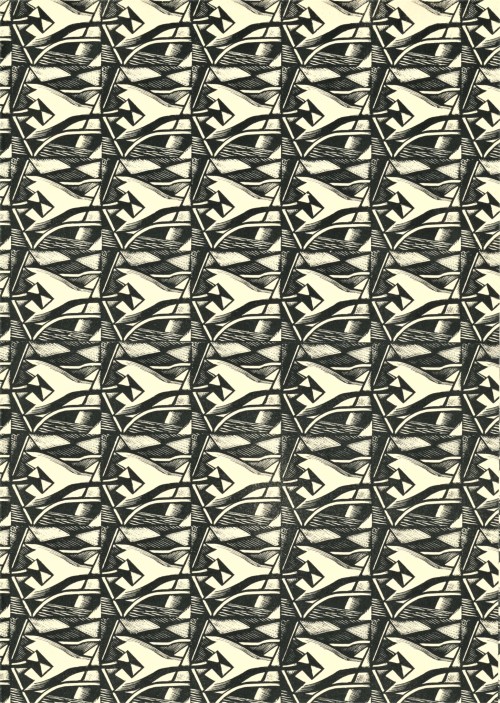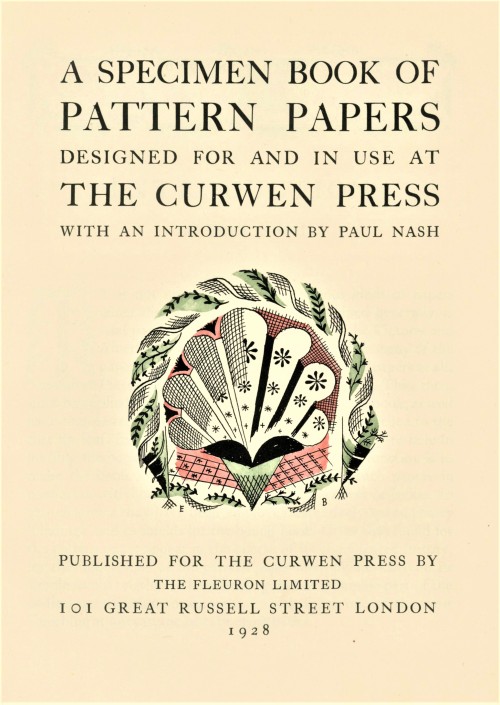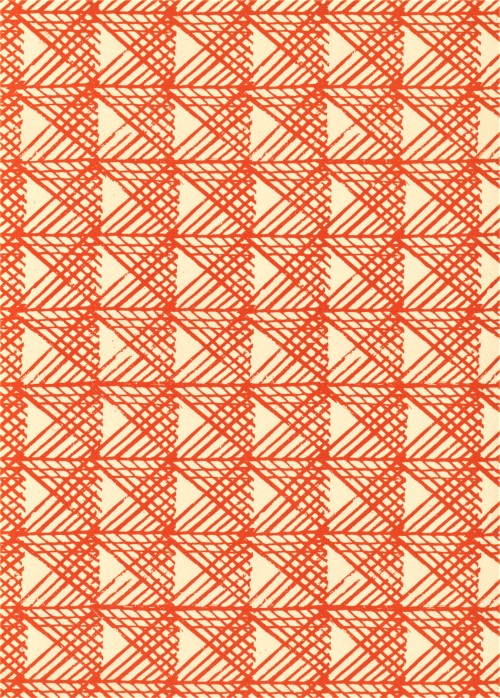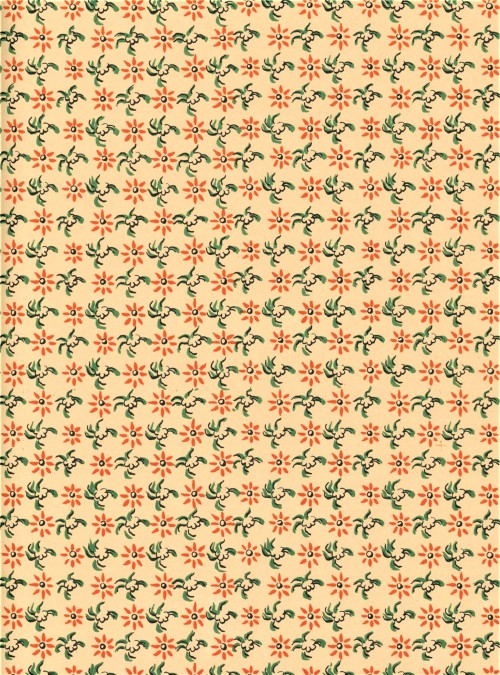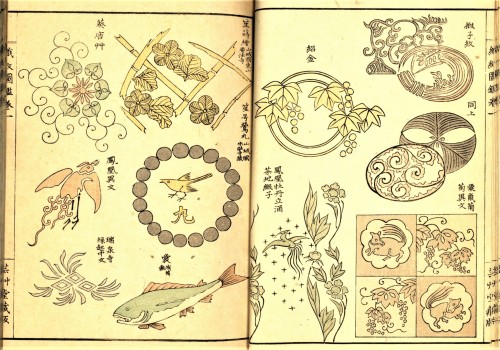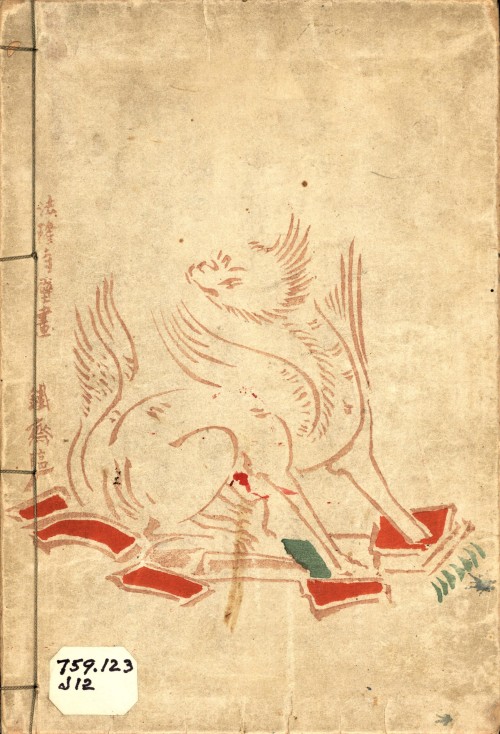#pattern books
Decorative Paper Sunday
I’ve been excitedly waiting for this specimen book to make its way through processing and into our catalog so I can share these gorgeous decorative papers with you all. I hope some design nerds out there will share my enthusiasm. The book isA Specimen Book of Pattern Papers Designed For and in Use at the Curwen Press,published in London for the Curwen Press byThe Fleuron Ltd. in 1928 in a limited edition of 220, containing 31 samples of pattern paper, with an introductory essay by artist and Curwen collaborator Paul Nash.
From Nash’s introduction:
The papers in the following Collection are from designs reproduced by offset printing, the original key pattern being a line block from a drawing, or wood engraving … The latest designs are mostly from blocks engraved upon wood, sometimes with another colour applied either flat or grained. This notable output by an English printer is another sign of the steadily growing conviction that distinction of design is not only aesthetically, but commercially important. Every article, from the Shopman’s showcard to a motor-car, must have economy and beauty of form. It is a lesson we are learning very late, but if we can learn it intelligently, and not like parrots, we may yet recapture what has been so long lost with us, a pride in style.
The Reverend John Curwen established the Curwen Press in 1863 in order to produce hymn sheets for his congregation, where he was responsible for popularizing the tonic sol-fa method of sight singing. John’s grandson Harold Curwentook over management of the press in 1914. Inspired by William Morris and the Arts and Crafts movement and invigorated by fresh design ideas after a sojourn in Leipzig, Harold led the firm in a new direction, focusing on typography, design, and collaboration with artists in print projects. The Curwen Press, together with its associates in the Design and Industries Association,were highly influential in 21st century printing and publishing in the West.
The Curwen Press closed in 1984, but the Curwen name lives on in the Curwen Studio. The studio was established in 1958 and managed by esteemed printmaker Stanley Jones and specializes in fine art lithographic printing.
See image captions for design attributions. This book was acquired with support from the John S. Best Fund.
You can find moreDecorative Sunday posts here.
Moreposts about the Curwen Press can be found here.
-Olivia, Special Collections Graduate Intern
Post link
Decorative Sunday
Japanese Pattern Book
This week we present pages from the first of a two-volume, traditional Japanese fabric-pattern sample book, Orimon ZukanbyRinō (or Rindo) Fujii, published in Kyoto in 1898. As prosperity grew in the early Edo Period of the 17th century, a fashion-conscious audience developed and flourished, leading to the publication of the first pattern books, hinagata-bon 雛形本, in the 1660s. Designs were inspired by a wide range of sources, including the natural world, folklore, history, signs of the zodiac, auspicious symbols, and literature. These early works were printed using traditional woodblock technology in black and white, often including notes describing the intended color and type of fabric.
This novel type of publication proved very popular and they continued to be produced into the 20th century. As color printing became more sophisticated, so did pattern books, and by the late 19th century, publishers, led by Kyoto-based firms, were collaborating with noted artists to produce a range of sample books from which clients could choose their preferred colors and fabrics, such as the example presented here.
ViewmoreDecorative Sunday posts.
Post link

